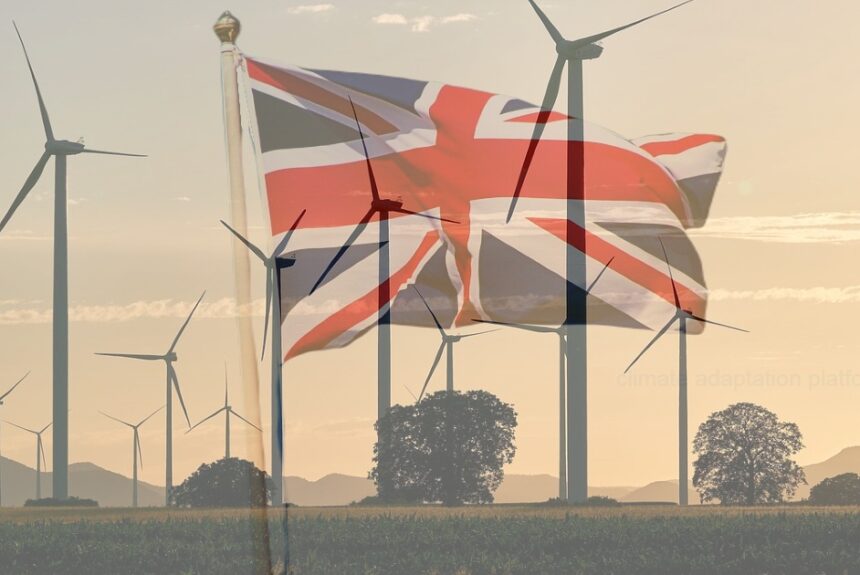UK Prime Minister Boris Johnson announced on the 6th of October 2020 his plan to boost wind energy capacity, investing £160 million to “upgrade ports and factories for building turbines to help the country to build back greener”, the BBC article reads.
The investment is aimed to increase the country’s wind power capacity from 30 to 40 gigawatts by 2030, a part of its 10-point plan for a green industrial revolution to accelerate the UK’s progress towards net zero emissions by 2050 and Mr Johnson’s post-pandemic vision of the country (Harrabin, 2020).
The PM wants the UK to be the Saudi Arabia of wind power. He says, “As Saudi Arabia is to oil, the UK is to wind – a place of almost limitless resource, but in the case of wind without carbon emissions and environmental damage” (Harrabin, 2020).
The article says that the UK’s floating wind farms are located offshore in the far west of Scotland, where the winds are consistently strong. The investment will further increase wind capacity, which is already the biggest in the world, Mr Boris says.
Harrabin (2020) says further:
- Mr Johnson believes that in 10 years, offshore wind will power every home in the UK. The promised investment will create thousands of construction jobs and improve ports to support the offshore industry in Scotland and the north of England.
- But even if all homes are powered by renewable energy, it only accounts for a third of all the electricity demands. The rest of it goes to offices and factories. Besides wind energy, Mr Johnson is also looking at different green technologies like solar, hydrogen production from wind energy, and carbon capture to power his green industrial revolution.
- Experts say that while clean technologies have a role in the fight against climate change, the PM may have a “techno-optimism bias” by focusing too much on technology to deal with climate change. Climate action should be done across all sectors, including “a host of new incentives, laws, rules, bans, appliance standards, taxes and institutional innovations”. The article also says consumer behaviour will shift, such as flying less and eating less meat and dairy products.
The article enumerates some of the more popular solutions to mitigate GHG emissions, like electric vehicles, hydrogen production, clean or jet zero planes, nuclear power, and carbon capture technology, all of which have the potential to reduce emissions. These solutions, however, are without flaws, either on scalability for commercial or industrial purposes or cost, which is mostly too high to compete with other existing options available in the market.
The article argues that technology alone is not the silver bullet that could solve the climate crisis but a part of the range of climate actions from all sectors and industries.
Climate actions can translate into government policies that cover standards for new homes, green recovery, food production, planning rules, heat and buildings, infrastructure, road building, tree planting, appliance standards, etc.
In short, it takes every one of us to do our bit to make the right choices to slow down climate change and preserve our environment.
Sources
Harrabin, R. (2020, October 6). Boris Johnson: Wind farms could power every home by 2030. BBC News. Retrieved from https://www.bbc.com/news/uk-politics-54421489
Harrabin, R. (2020, October 26). Climate change: Technology no silver bullet, experts tell PM. BBC News. Retrieved from https://www.bbc.com/news/science-environment-54662615.



Leave a Reply